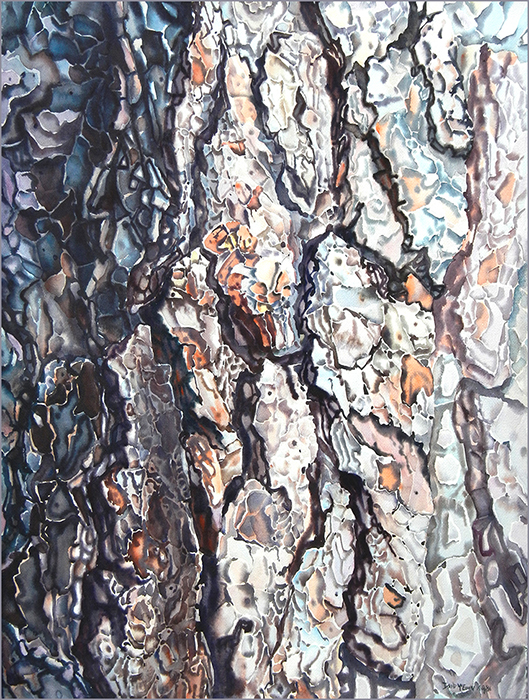McMichael Canadian Art Collection "Art Mentorship Project"
David McEown
December 20, 2013 - March 02, 2014
Exhibition Opening
Sunday, January 19, 1:00 to 3:00 pm, with remarks at 2:00 pm
McMichael Canadian Art Collection
10365 Islington Avenue, Kleinburg, Ontario, Canada L0J 1C0
(Islington Avenue north of Major Mackenzie Drive on the east side)
Information: 905.893.1121 or toll free 1.888.213.1121
In the summer of 2013, the McMichael Canadian Art Collection partnered with York Region Arts Council (YRAC) to launch a new Art Mentorship Project to provide support to emerging artists and foster professional development, production and exhibition under the guidance of local, established artists in a distinctly Canadian context.
For the project’s inaugural term I was honoured to be mentor and was delighted to work and share ideas with the programs first successful applicant Ben Barak, a recent BFA graduate of Nipissing University. We had several sessions working on site at the McMichael Gallery and used the historic Tom Thomson Shack as shelter and place for critiques. The highlight for me was painting on location along the Humber River and a week long trip to Algoma in Northern Ontario, following the rail tracks to places that so inspired the Group of 7 and close to where I used to live.
The mentorship program has been a great opportunity to share, reflect and build upon my past body of work.
I have been interested in painting remote wilderness areas from Antarctica to the North Pole attempting to capture their wondrous beauty as well as witness the increasing changes in the landscape. Equally inspiring my artwork is the local indigenous flora and forest not far from my own home and how it is interrelated to what is going on at the “ends of the Earth”.
In response to the mentorship studio demonstrations of watercolour techniques, I chose to paint a large spring wildflower painting inspired from my hikes over the years when I lived near the Humber Valley. “What Grows Here” is a microcosm of the brief unfolding complex circus of wildflowers that covers forest floors that used to dominate York Region.
Juxtaposing the local Humber River Valley painting is a selection ofmy watercolours inspired by remote wilderness of the North Pole, Antarctica and Lake Superior. Ben Barak’s work, on the other hand, focuses on themes of searching an identity, executed using many of the techniques he practiced under my demos and critiques.
Artist Journeys Blog Archives
- October 2025 1
- August 2025 1
- July 2025 1
- June 2025 1
- December 2024 3
- July 2024 1
- June 2024 1
- May 2024 1
- September 2023 1
- May 2023 1
- March 2023 1
- January 2023 1
- September 2022 1
- March 2022 1
- September 2021 2
- June 2021 1
- December 2020 2
- October 2020 1
- March 2020 1
- October 2019 1
- July 2019 1
- May 2019 2
- January 2019 2
- September 2018 2
- January 2018 1
- September 2017 2
- March 2017 3
- October 2016 2
- May 2016 1
- November 2015 1
- September 2015 1
- March 2015 1
- June 2014 1
- January 2014 2
- October 2012 1
- August 2012 3
- February 2012 3
- November 2011 2
- September 2011 2
- June 2011 1
- November 2010 2
- October 2010 1
- September 2010 1
- August 2010 1
- July 2010 1
- June 2010 2
- October 2009 1
- April 2009 1
- August 2008 2
- January 2008 1
- September 2007 1
- July 2007 1
- December 2006 1
- November 2006 1
- September 2006 1
- September 2005 1
- July 2005 1













